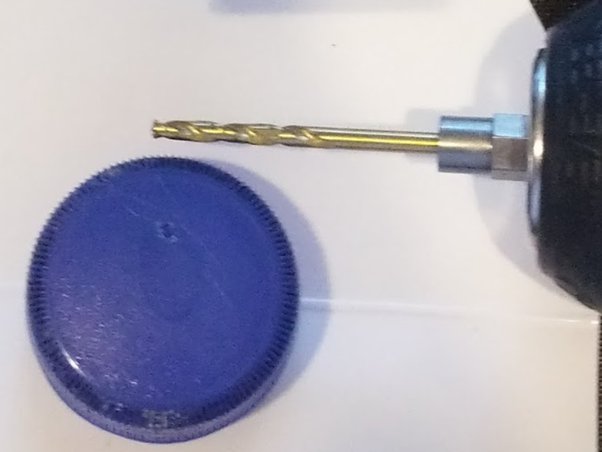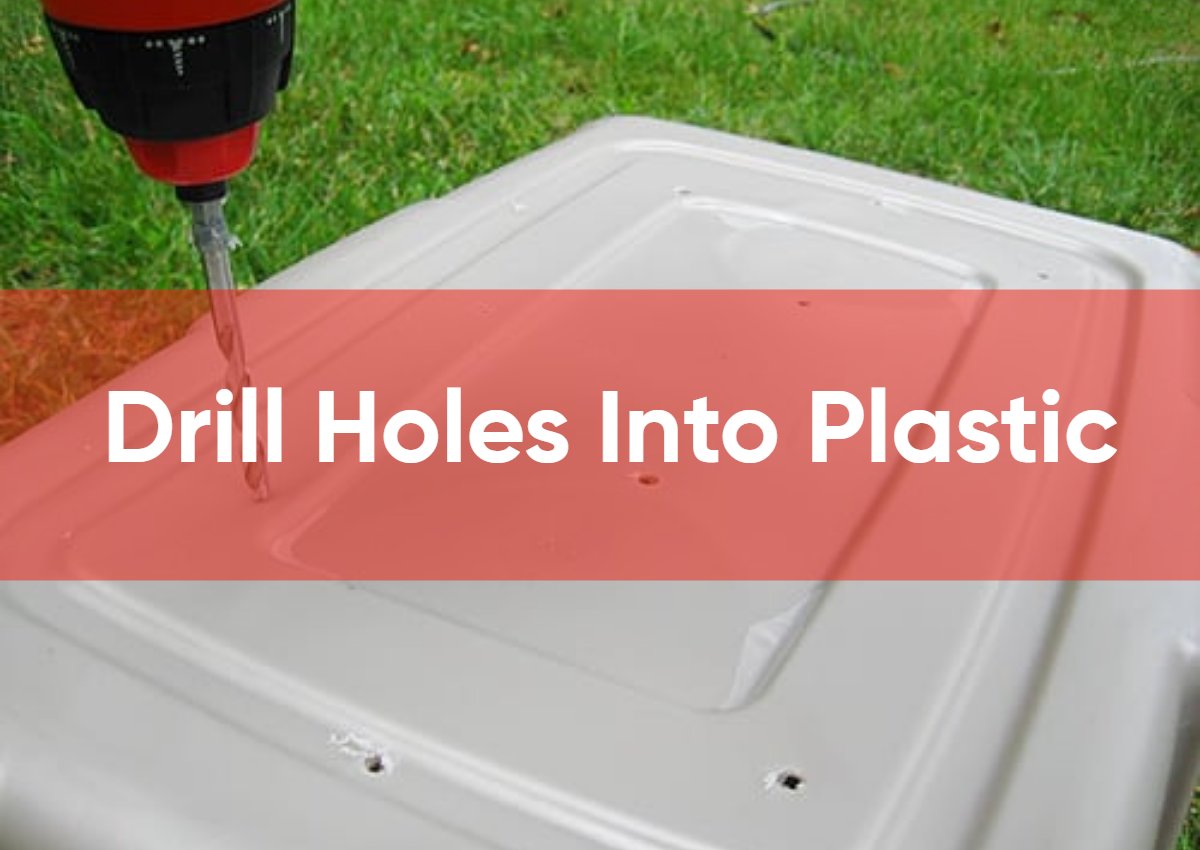Drilling holes into plastic may seem like a simple task, but it can actually be quite tricky if you don’t have the right techniques and tools.
Whether you’re a DIY enthusiast or a professional, knowing how to drill holes into plastic can come in handy for a variety of projects.
Use a drill bit designed specifically for plastic to drill holes into plastic. Apply light pressure and keep the drill bit perpendicular to the surface. Use a slow speed and avoid overheating. Use a lubricant to reduce friction.
In this article, we’ll discuss some tips and techniques for drilling into plastic to help you achieve the best results.
Which Drill Bits To Use For Plastic Drilling
For drilling plastic, it’s recommended to use drill bits specifically designed for the material. High-speed steel (HSS) or carbide-tipped drill bits are suitable for drilling plastic.
Additionally, brad-point bits or multipurpose bits with sharp tips work well to prevent cracking and ensure clean holes in plastic.
Easy Steps To Drill Holes Into Plastic

Use a Low Speed and Light Pressure
When drilling into plastic, it’s important to use a low speed and light pressure. This will prevent the plastic from melting or cracking.
If you’re using a power drill, set it to a low speed and apply gentle pressure. If you’re using a hand drill, use a slow and steady motion to avoid putting too much pressure on the plastic.
Mark the Spot and Secure the Plastic
Before drilling, it’s important to mark the spot where you want to drill the hole. This will help ensure that your holes are in the right place and evenly spaced.
Once you’ve marked the spot, secure the plastic in place using clamps or a vice. This will prevent the plastic from moving while you’re drilling and will help you achieve more precise holes.
Use a Backing Material
If you’re drilling into thin or flexible plastic, it’s a good idea to use a backing material. This can be a piece of scrap wood or a thick piece of cardboard.
Place the backing material behind the plastic to provide support and prevent the plastic from bending or cracking while you’re drilling.
Start with a Small Pilot Hole
To avoid damaging the plastic, it’s best to start with a small pilot hole before drilling the final hole size.
This will help guide the drill bit and prevent it from slipping or wandering. Once you’ve created the pilot hole, you can then switch to a larger drill bit to create the final hole size.
Keep the Drill Bit Cool
As you’re drilling into plastic, the friction from the drill bit can cause it to heat up. This can lead to melting or warping of the plastic.
To prevent this, you can periodically dip the drill bit in a cup of water to keep it cool. This will also help prolong the life of your drill bit.
By following these tips and techniques, you can successfully drill holes into plastic without causing any damage.
Remember to always wear protective gear, such as safety glasses, when drilling to prevent any accidents.
With the right tools and techniques, you can achieve clean and precise holes in plastic for all your projects. Have any other tips for drilling into plastic? Let us know in the comments below.
Conclusion

Drilling holes into plastic may seem like a simple task, but it can actually be quite tricky if you don’t have the right techniques and tools.
Whether you’re a DIY enthusiast or a professional, knowing how to drill holes into plastic can come in handy for a variety of projects.
In this article, we’ll discuss some tips and techniques for drilling into plastic to help you achieve the best results. So, let’s get started and explore the world of plastic drilling!
FAQs
What kind of drill bit should I use for drilling holes into plastic?
To drill holes into plastic, it’s best to use high-speed steel (HSS) or carbide-tipped drill bits. Alternatively, brad-point bits or multipurpose bits with sharp tips work well to prevent cracking and ensure clean holes in plastic.
How do I prevent the plastic from cracking while drilling?
To prevent plastic from cracking, start drilling at a slow speed. Apply masking tape over the drilling area to minimize friction and use a sharp drill bit. Maintain steady, gentle pressure while drilling.
Can I use a regular drill for plastic or do I need a specialized drill?
You can use a regular power drill to drill into plastic. However, using the appropriate drill bits specifically designed for plastic is crucial to ensure clean, precise holes without causing damage or cracks to the material.
Should I drill into plastic at a high or low speed?
Answer: It’s recommended to drill into plastic at a lower speed to prevent overheating and reduce the likelihood of the material melting or cracking. A slower speed helps maintain better control and produces cleaner holes.
How can I clean up the edges after drilling holes in plastic?
Answer: After drilling, use sandpaper or a deburring tool to smooth the edges of the drilled holes in the plastic. This process helps remove any rough edges or burrs, resulting in a cleaner and more finished appearance.
Also Read
How To Drill Holes In Plexiglass | 7 Easy Steps | 2023 Guide
How To Drill Granite – Easy Steps | Ultimate Guide 2023
How To Drill Through Hardened Steel | Easy Steps |2023 Guide









